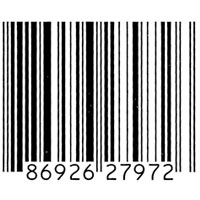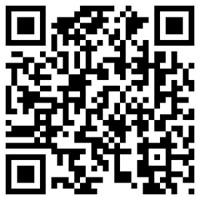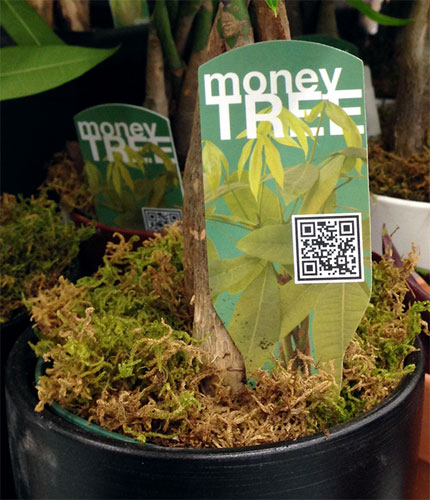Is your greenhouse business smartphone ready?
Some free and simple ways for your retail greenhouse business to connect with smartphone owners.
According to the Pew Research Center, 56 percent of U.S. adults owned a smartphone in 2013. The key feature of a smartphone compared to other mobile phones is their ability to connect to the Internet. Seventy nine percent of smartphone owners use the Internet daily from their smartphone. Twenty five percent use their smartphones daily to specifically search for local businesses or services and 58 percent use their smartphone while shopping.
Because there are many ways for your retail greenhouse business to connect with smartphone users and the technology is constantly changing, the most popular ways will be presented here. The first thing to do that is free and requires little work is to enter your business information in Google Places for Business. Entering your business information in Google Places ensures that your business can be found on Google maps and Google for desktop or mobile searches. It has many free features that allow listing of your company name, address, phone number, website, hours of operation and photos.
The second easy thing to do is to ask your customers to review your store on a social rating site. There are many such sites and one popular one is Yelp, which is a website or mobile phone application that lets customers review your establishment. They can rate your business and type in information about their experience with your business. Facebook is another medium in which to ask for customer feedback or ask customers to “check-in” on Facebook when they are visiting your store. Opening a Facebook business account is free; visit the Facebook for Business page for details on how to do so.
The next easiest thing to do is to incorporate two-dimensional (2D) codes into your marketing plan. You are probably very familiar with one-dimensional (1D) codes that are used on retail products for scanning in prices (Photo 1). 2D codes are similar, except they have two dimensions, both vertically and horizontally, that allows them to store a lot more information than a 1D code. The most common type of 2D code is the QR code (Photo 2). Smartphones use the phone’s camera to scan in the code and the information embedded in that code is displayed back to the smartphone’s screen.


Photos 1-2. (Left) An example of a one-dimension (1D) barcode as seen on a consumer product. (Right) An example of a QR code, a type of two-dimensional (2D) code. This one was used to redirect consumers to a mobile-optimized website.
QR codes can be placed on signs, tags, pots, etc. (Photo 3). The QR information that is returned to the smartphone’s screen could be a video or picture, perhaps a link to a YouTube video demonstrating how to use your product; a website that gives more information on the product or shows the consumer how to use the product; a link to your Facebook page; and many other options. If the QR code redirects the consumer to a website, it is best to link to a mobile-optimized website – one that has been optimized for small smartphone screens – so that the viewer has a positive experience.

Photo 3. An example of how a QR code may be used on a plant tag.
To create a QR code, there are many websites that will create them for free. Simply perform a web search of “QR creator” to find such sites.
There are, of course, many other ways to connect with smartphone owners, some of which may require a significant investment. The next logical step recommended by Michigan State University Extension is to ensure that your business has a web presence, preferably one that has the ability to optimize the screen layout and size for small smartphone devices.
For the different philosophies in mobile-optimized website design, mobile website design tips, further details about what was presented here and further resources, visit the recent e-Gro Report titled “Is Your Greenhouse Business Smartphone Ready?”



 Print
Print Email
Email


